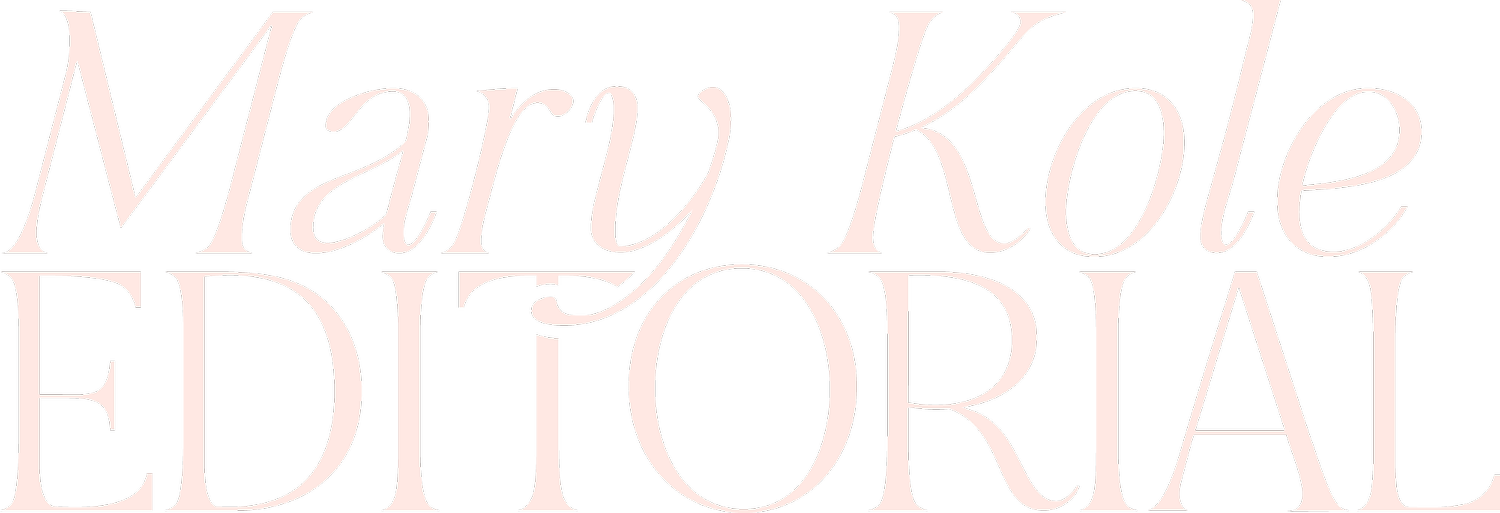Mastering Narrative Technique
By Mary Kole
Mary Kole is a former literary agent, freelance editor, writing teacher, author of Writing Irresistible Kidlit, and IP developer for major publishers, with over a decade in the publishing industry.
Aspiring writers often struggle with mastering narrative technique. Narrative technique, story structure, or the way a story is told, is key to engaging readers and moving them emotionally over the course of a novel or memoir. In this guide, I’ll discuss the most common and popular contemporary narrative techniques, how to use narrative technique effectively, and common mistakes writers make when adding more advanced considerations to their writing tools.
What is Narrative Technique?
Narrative technique refers to the tools a writer uses to tell a story, including writing imagery, objective correlative, point of view, interiority, and other craft elements. From who narrates the story, how the story is told (flashback, flashforward, non-linear narration, stream-of-consciousness), to writing style choices like syntax, word choice, and writing voice. Narrative technique is what sets apart one writer's unique style from someone else’s. As a writer, you should understand common narrative techniques so that you may hone your writing craft and create engaging, well-told stories from your book idea.
Contemporary Narrative Technique
In contemporary literature, common narrative techniques include first-person point of view, third-person limited POV, and third-person omniscient, though this one is more difficult to pull off well and intentionally. First-person point of view is written from the perspective of "I," placing the reader inside the narrative voice's head through deep perspective and interiority. Third-person limited describes a story from an outsider's perspective but is told through the eyes of one character, without “head-hopping” into the larger cast. Lastly, third-person omniscient is told from an external perspective but shares the thoughts and feelings of various characters. Authorial voice, or that of an outside narrator, can sometimes be applied to the storytelling.
The Importance of Narrative Technique
Narrative techniques are essential for creating engaging, well-crafted stories. By using various techniques, writers create interesting opportunities for plotting, pacing, and character development. Consider the unreliable narrator, a narrative technique used to experiment with theme and subvert the text's meaning, existing in one character’s experience, rather than objective reality, or toying with dramatic irony. This can create suspense and intrigue for a reader, especially in a thriller or mystery story.
Narrative Technique Mistakes to Avoid
One common mistake made by novice writers is failing to maintain a clear narrative voice. A confused narrative voice can make it difficult for a reader to understand the story and connect with the characters emotionally. Another mistake occurs in the use of flashbacks or non-linear narrative. You don’t always want to use chronological narration because this can be considered too straightforward, but you also want to put focus on present moment narrative, rather than past. When used excessively, flashbacks can disrupt the story's flow and confuse readers. Instead, use flashbacks strategically, providing them only when necessary for character development or to clarify story moments through backstory. One of the main purposes of any narrative technique is to find the right balance of action and information, and make sure that you show, don’t tell the events of your story, since readers want to experience your plot firsthand.
Mastering various narrative technique options is a vital part of the writing craft. Understanding the most popular contemporary narrative techniques, when to use them, and how to avoid common pitfalls such as unclear narrative voice and excessive jumping around in chronology, will help writers to create engaging, well-written storytelling. Write intentionally to ensure that your story idea is told in the most effective and meaningful way possible, with strong character arcs and plot arcs, captivating readers from beginning to end. Remember, narrative technique is what sets your unique writing style apart from others, so don’t hesitate to explore by freewriting and reading like a writer as well. Brainstorming and writing inspiration are all around us.

Click here to purchase Writing Interiority: Crafting Irresistible Characters, my book on interiority and character creation. Explore your protagonist’s thoughts, feelings, reactions and interpretations, expectations, and inner struggles to create a rich, immersive experience. This guide will empower you to create characters who live and breathe on the page, fostering an unbreakable bond with your audience.



